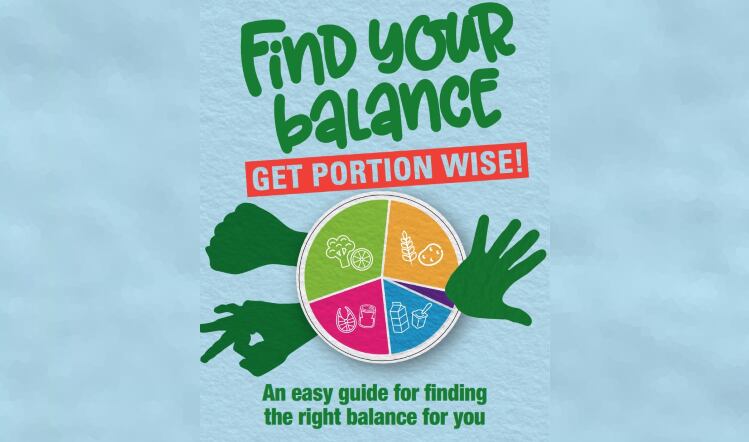More than just detailing what to eat, Find Your Balance aimed to help consumers understand how often and in what quantities food should be consumed to maintain a healthy diet, the BNF said.
The guidance followed BNF research, based on data from the National Diet and Nutrition Survey (NDNS), that found people were reporting large variations in the portion sizes they were eating.
It was designed to complement the Government’s Eatwell Guide, which advises consumers on the main food groups that make up a healthy diet.
In developing Find Your Balance, the BNF reviewed portion size guidance from other countries, analysed portion-sizes currently consumed in the UK, and looked what was available in supermarkets.
Modelled in test diets
The resultant portion sizes were then modelled in test diets so they could meet current food and nutrient-based recommendations.
Based on this, guidance was developed on how often to eat foods from the main food groups and sensible portion sizes for healthy adults, based on an average daily calorie allowance of 2,000kcal.
As a practical way of estimating these portions without having to weigh out foods, the BNF has come up with measures based on hands or spoons for most foods.
The guidance is available in three forms – a fridge poster that provides an overview of the advice, a booklet that expands on how to put the portion guidelines into practice, and a longer downloadable digital resource that offers advice on for a wide variety of foods.
‘Not something people give much thought to’
“More often than not, portion size is not something people give much thought to,” said Bridget Benelam, nutrition communications manager at the BNF.
“The amount we put on our plate typically depends on the portion sizes we are used to consuming, how hungry we feel and how much is offered as a helping at a restaurant table or in a packet/ready meal.
“Nonetheless, in order to maintain a healthy weight we should ensure that our diets contain the right balance of foods, in sensible amounts. This isn’t just about eating less; it’s also about eating differently.
“When researching the portion size guidelines, we looked at data from the NDNS on food consumption, and found that there was a lot of variation in the portion sizes people reported eating.”
The suggested portion for cooked pasta was 180g (254kcal). But when BNF looked at portion sizes for spaghetti, for example, the most commonly consumed size was 230g (324kcal).
“Furthermore, about 10% of the sample were consuming 350g as a portion, which would provide nearly 500 calories from the pasta alone, before sauces and sides were added to the meal,” Benelam explained.
BNF’s portion size recommendations
Within its new guidance, the BNF has advised how often the suggested portions of foods from different food groups should be eaten during the day, and demonstrates how to put this into practice with an example meal plan. The food groups include:
- Fruit and vegetables: 5+ portions per day
- Starchy carbohydrates: 3–4 portions per day
- Protein foods: 2–3 portions per day
- Dairy and alternatives: 2–3 portions per day
- Unsaturated oils and spreads: small amounts
Within the protein foods and starchy carbohydrates food groups, the BNF has broken down portion sizes into different categories to reflect portions that are 200kcal or more, less than 200kcal, and lighter snack-sized portions. This reflects the variety of foods in these groups and whether they would be eaten as a main meal or something lighter, allowing people to choose the portion sizes most appropriate for them.
Those with higher calorie needs could have more of the foods that are 200kcal or more, and for people with lower calorie needs, or trying to lose weight, could choose more options under 200kcal.


